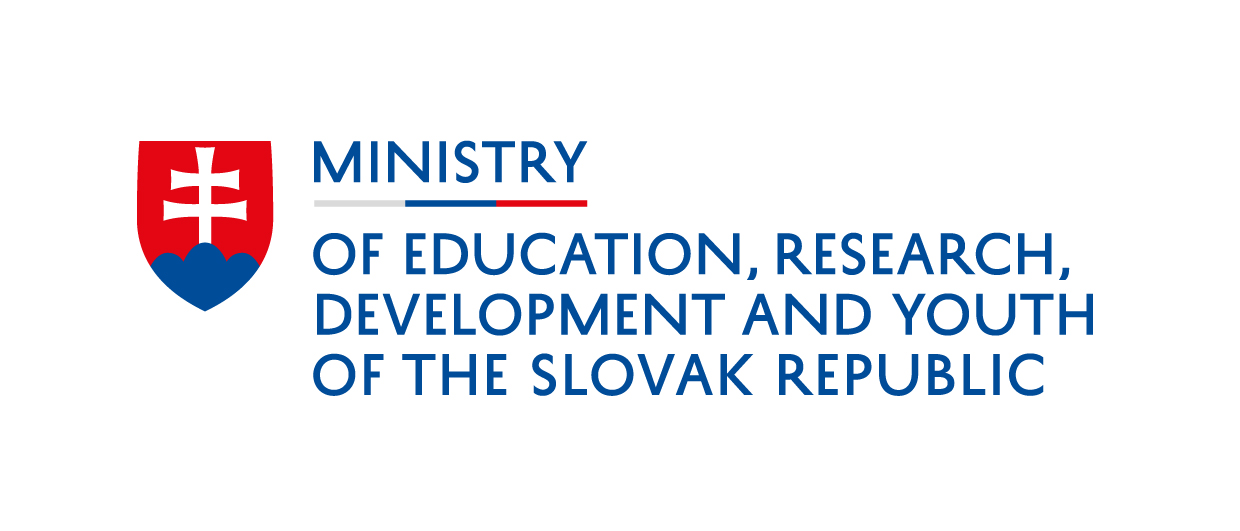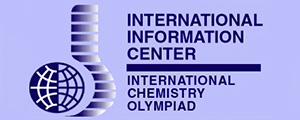Regulations of the IChO
Every serious competition must have its firm rules and one can say that they are the mirror of the competition. The regulations of a competition must give to an observer some general imagination about the event.
The process of creating some firm regulations of the International Chemistry Olympiad (IChO) is a long story. It started on May 15th, 1968 when a meeting was organized in Ostrava (Czechoslovakia) with the aim to create some basic rules for the international competition, called later as International Chemistry Olympiad. The representatives of the National committees for chemistry olympiad from three countries (Czechoslovakia, Hungary and Poland) took part in it. The final report contained the following seven points as a proposal for the preliminary regulations:
- The aim of the competition: Competitions of this kind should promote friendship and co-operation among the pupils, closer contacts among the young scientific workers, and exchange of pedagogical and scientific experience.
- Who is the organizer: Ministry of Education of the organizing country.
- When the competition should be organized: At the end of the school year.
- Who can participate: Pupils of the secondary school without a special chemical specialization.
- National team consists of pupils and accompanying persons (teachers).
- The IChO will consist of two parts: theoretical and experimental.
- The IChO is a competition of individual pupils, not a competition of teams.
These first regulations were approved on June 21, 1968 during the 1st IChO.
The situation in the IChO movement was changing during the next ten years to such an extent that it required changes in the regulations. After a missing the IChO in 1971 a new proposal of the regulations (at that time it was named as “Statute”) was prepared in 1972, this time with a approval of the ministries of education of the socialist countries. This version of regulations was discussed and approved by the international jury of the 4th IChO in Moscow.
After the years 1974 and 1975 the situation in the IChO changed again since some western European countries showed interest to take part in this international competition.
In those years the world political situation changed substantially since the Helsinki Final Act was signed by 35 nations (among them also the Soviet Union and USA and all European countries) as an agreement that concluded the Conference on Security and Cooperation in Europe. The act was intended to revive the sagging spirit of detente between the Soviet Union and the United States and its allies.
After this change of political situation it was difficult to bring any relevant arguments against the participation of the western countries in the IChO. Naturally, it was necessary to include the changes into the IChO regulations. Since the IChO in 1977 was planned to be organized in Bratislava the Slovak Ministry of Education asked the Czechoslovak Commission of ChO to prepare a proposal of new IChO regulations. A new proposal of the regulations was prepared by Anton Sirota and Tibor Šramko, the members of the Slovak Committee of the Chemistry Olympiad, and it was then thoroughly considered by the participants of a special international workshop that was organized in the spring 1976 in Stirin near Prague. The simultaneous interpreting helped very much in discussions. Finally the corrected proposal was prepared for a discussion of the international jury of the 8th IChO and finally approved in 1976 in Halle (Germany).
The situation in IChO organization was changing during the next years to such an extent that it required changes in the regulations. The attempts to improve the regulations were made in 1986, 1990 and finally in 1994 (Oslo, Norway). However, the above regulations did not reflect all the requirements of the IChO competition.
In 1995 a new version of the regulations of IChO appeared as a proposal of the Slovak delegation which was distributed to all members of the international jury in a printed form at the beginning of the 27th IChO in Bejing (China). It was a version reviewed by jurists and proposed in a form that it would:
- be more binding for both organizers and participants,
- solve mutual competencies and responsibilities of particular bodies of IChO (International Jury, Steering Committee, Organizing Committee),
- create preconditions for avoiding conflict situations in the future.
Features of the changes in the new proposal were as follows:
- Some paragraphs were rearranged.
The rearrangement of the paragraphs concerned:- the numbers and placement of them in the text,
- the sections (some of them were transferred from one paragraph to another one).
- Small corrections in the text were proposed.
According to specialists’ recommendations some parts were formulated more precisely. - Greater and substantial changes in the text were required.
Some new sections of the particular paragraphs were introduced where new conditions, limitations or responsibilities were proposed.
The new version required a partial change in the concept of the regulations. It concerned especially the mutual responsibilities and competencies of the particular executive bodies of IChO (Organizing Committee, International Jury and Steering Committee). After discussions in the international jury in the years 1995, 1996, 1997 and 1998 the final version of the IChO regulations was born in 1999 in Bangkok (31st IChO).
The regulations accepted in 1999 showed to be a progressive step in setting the limits for requirements that were expected from this international chemistry competition. However, this process did not stop at all and some additional small changes in the regulations appeared and were accepted in the years:
- 2008 (Budapest),
- 2010 (Tokyo),
- 2011 (Ankara),
- 2013 (Moscow),
- 2017 (Bangkok),
- 2018 (Prague).
The version of the regulations accepted in 1999 (Appendix I) proved to be surprisingly good enough what concerns the composition of the particular chapters, paragraphs and sections. The comparison of both versions, i. e. the version 1999 with that from the year 2018 (Appendix II), gives a surprising result: both versions are very similar what concerns their compositions and structures. Naturally, the latest version is a little bit changed in accordance with new requirements of the IChO competition.
- Appendix I: Regulations of the International Chemistry Olympiad, Bangkok, 1999.
- Appendix II: Regulations of the International Chemistry Olympiad, Prague, 2018.
Compiled and edited by A. Sirota (IChO Intern. Information Centre)


